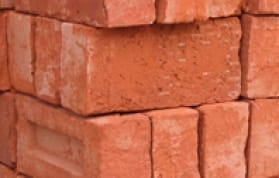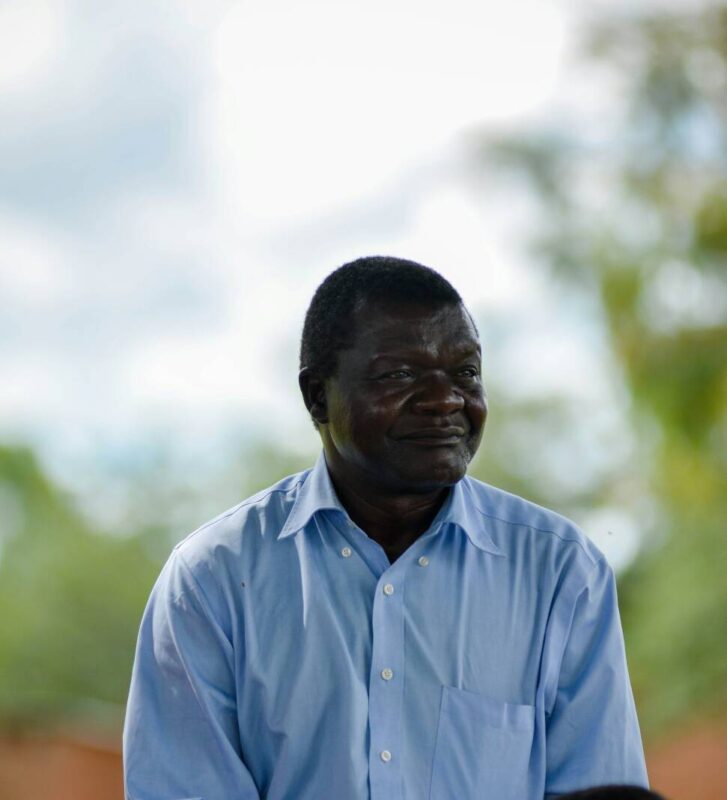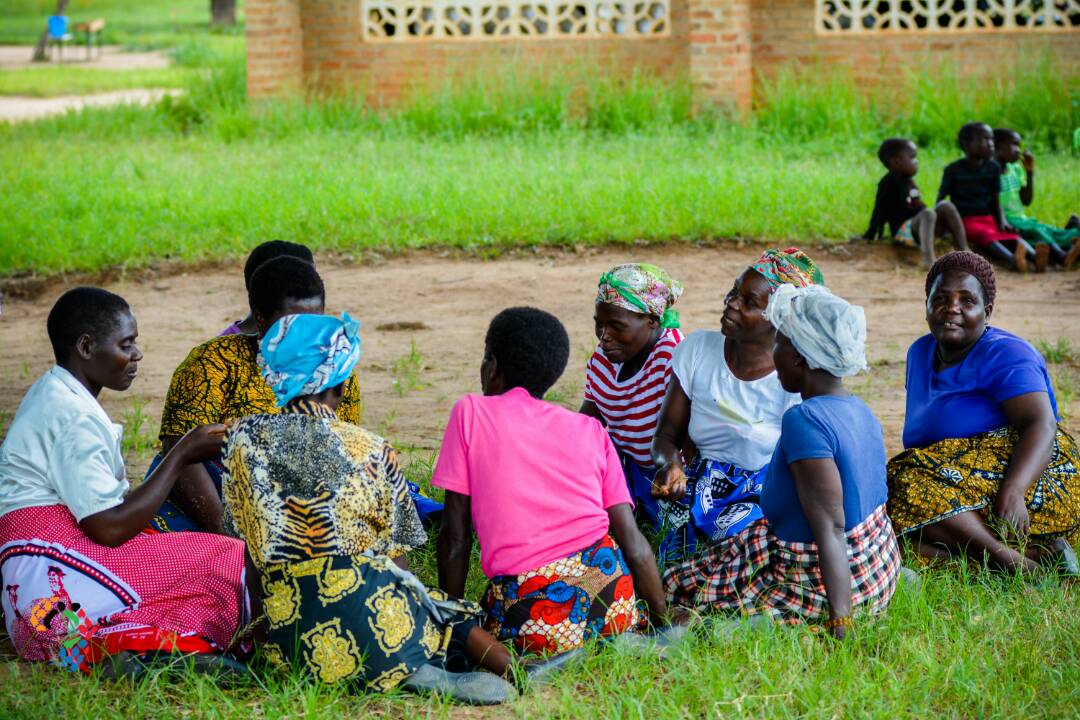Green buildings are necessary for the sustainability of the planet and its people. Malawi is one of the most vulnerable countries to the effects of climate change, and this has affected agriculture production, which is the backbone of the country. The impacts of climate change in Malawi are being manifested in various ways such as intense rainfall, changing weather patterns, floods, and droughts.
Small-scale producers who provide more than half the world's food supply and 70% of the food that feed people in poor countries are already being impacted by climate change, posing a big threat to the world's food availability.
In Malawi, one of the biggest contributing factors to climate change is said to be deforestation due to farming and brick burning in all regions of the country. Currently, most modern buildings standing in the country are built of burnt bricks, increasing demand day and night and increasing toxic gases as a result of rapid population growth.
Considering the problems that the country is going through as a result of climate change, a number of organizations in Malawi have taken the initiative of teaching the advantages of communities constructing buildings that damage less natural resources than the burnt brick houses. Buildings that are non-damaging are called green buildings.
One of the organization promoting green building is the Mzimba Zabro-Williams Foundation. Founded in 2015, the Mzimba Zabro-Williams Foundation is sensitizing communities to refrain from using burnt bricks for their houses as they require a lot of firewood to make, which means that a lot of land is cleared and left bare.
“By adopting greener practices, we can take maximum advantage of environmental and economic performance. Benefits of green building include: environmental benefits such reducing wastage of water, conserving natural resources, improving air and water quality, protecting biodiversity and ecosystems while reducing operating costs, improving occupant productivity and creating market for green product and services,” said Brighton William, founder of the organization.
He also added that green buildings not only have environmental and economic benefits, but also social benefits, including improving quality of life, minimizing strain on local infrastructure, and improving occupants' health and comfort.
William said that, as an organization with most focus on the livelihood of people in the area, they decided to take part in conserving the environment, considering that nothing could be achieved in a polluted ecosystem. “Of course, one of the main goals is to make the earth more sustainable, but it really does go deeper than that. When you decide to go green, your goal will be to actually help to sustain the environment without disrupting the natural habitats around it that will make it possible for economic growth,” said William.
Emission of huge quantities of toxic elements from brick kilns into the atmosphere is causing serious health hazards in Malawi. The brick kilns are said to emit toxic fumes containing suspended particulate matters rich in carbon particles with a high concentration of carbon monoxides and oxides of sulphur (SOx) that are harmful to the eyes, lungs, and throat, and is said to cause stunting in the mental and physical growth of children.
In most African countries, including Malawi, the use of firewood in brick kilns is prohibited as per brick burning control ordinances, and the owners are punished for violating the law.
The primary source of SOx, the major air pollutant, is traffic vehicles contributing about 55.8%, followed by the brick manufacturing industry's 28.8%, while the primary source of NOx (nitrogen oxides) pollutants is also traffic vehicles (54.5%) and the brick manufacturing industry (8.8%). Creating more green buildings in Malawi would change the percentages and also benefit the health of all Malawians.



